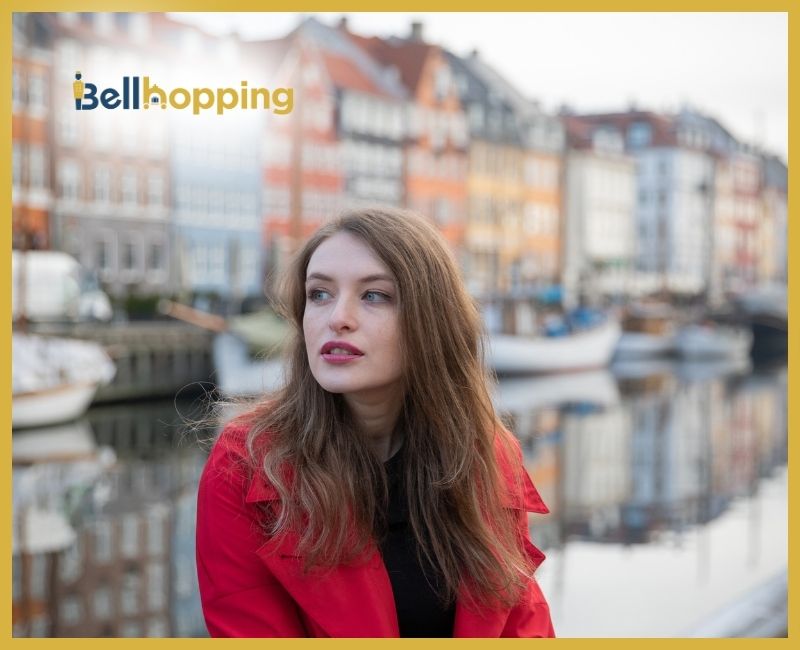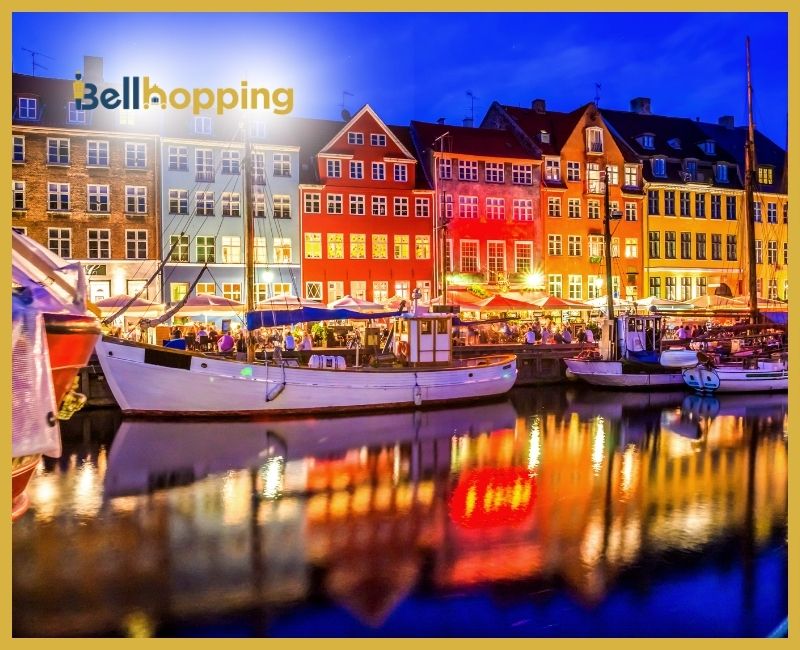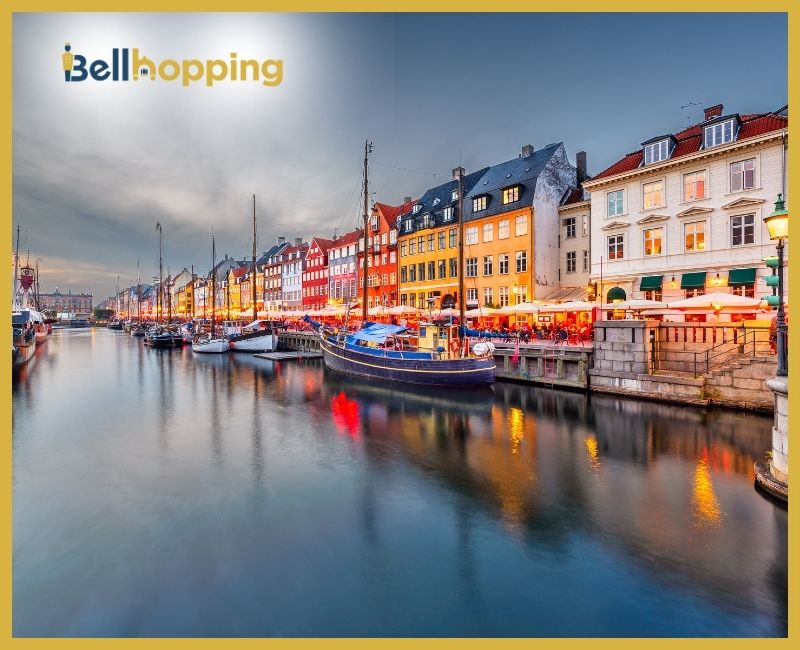Copenhagen shines brightest in summer, when its cobbled streets buzz with outdoor festivals, harbor baths glisten under the midnight sun, and locals trade winter woolens for canal-side picnics. From Michelin-starred food halls to bike-friendly boulevards that lead to hidden beaches, Denmark’s capital offers a perfect blend of urban energy and laid-back Nordic charm. Here’s why Copenhagen should top your warm-weather travel list.
Bellhopping is a luxury hotel booking website that offers travelers all the perks of booking with an elite travel advisor, without the need for one. We provide exclusive benefits at luxury hotels worldwide, including:
- Complimentary room upgrade (if available)
- Free breakfast for two
- Hotel credits ranging from $75 to $200 (depending on the room category booked)
- Early check-in, late check-out (if available)
- Complimentary upgraded WIFI
- Welcome gift from the hotel
- A welcome note from the General Manager
Additionally, when you book through Bellhopping, you receive 30% of the hotel commission back in cash, giving you even more value for your stay. Start Bellhopping!
If you’re looking for dips in the harbor, slick design, and moderate temps, this could be the place.
I’ve long been a skeptic of summer vacations in southern Europe. Beyond the high-season prices and suffocating crowds, I cannot abide sweating through a linen sundress despite doing nothing more strenuous than sipping a Campari spritz in the shade. And these days, I’m not alone. The impact of major heat waves, increasingly common across large swaths of the continent, has many travelers reconsidering destinations that are likely to suffer soaring temperatures.
The trend this summer is instead looking northward to the Nordic and Baltic regions. These destinations have already seen a 263 percent year-over-year increase in summer 2025 bookings, according to data from Virtuoso-member travel agencies, by travelers looking to climb glaciers in Iceland, laze on remote beaches in the Stockholm archipelago, or sauna in Helsinki.

Every summer for the past decade, I’ve found an excuse to hop down to Copenhagen from my home in Stockholm. And I’d argue that nowhere does summer better than the cool Danish capital, where I spent a week last June biking between swimming piers, glittering architectural landmarks, waterside wine bars, and high-gloss design museums. At its peak, the city enjoys more than 17 hours of daylight, so most mornings began early at Juno the Bakery, my favorite spot for a sweet cardamom bun or a soft brioche filled with fresh strawberries and vanilla cream.
Afternoons in Copenhagen whiz by like cyclists on a mission – I spent mine exploring new neighborhoods such as Nordhavn, an industrial port area that has been meticulously transformed into a livable waterfront district in recent years. It’s now home to hypermodern architecture, from a former grain silo reimagined as a futuristic glass-and-steel apartment complex to a panoramic playground atop a multistory parking garage. Along the way, I devoured barbacoa tacos at Hija de Sanchez taqueria, sipped espresso at Andersen & Maillard café, and sprawled on the boardwalk among sunbathers at Sandkaj Harbour.

Papirøen, the city-center island, reopened to the public last summer with cool, futuristic-looking apartment buildings, urban gardens, and large public piers overlooking the Opera House and its new waterside garden. The island’s redevelopment is the latest in a long line of projects along the city’s once-industrial waterfront. There’s an outstanding overview of this evolution at the Danish Architecture Center, housed in a building resembling a Lego-like stack of glass boxes. The permanent exhibition, So Danish!, traces Danish design from the Viking Age to its masters of midcentury modernism and today’s trend-setting brands such as Gubi and Hay.
Across the harbor in Refshaleøen, I spent sun-drenched evenings drinking lively natural wines on the quay beside La Banchina, an idiosyncratic wine bar with a swimming pier and on-site sauna. From there, it’s a short walk to Noma, the celebrated three-Michelin-starred restaurant that was supposed to close permanently at the end of 2024; it will serve one more Ocean Season through late June this year, for the lucky few who can snag seats. But my top pick for dinner is a spot locals can’t stop talking about: Alouette, another Michelin-starred favorite that recently moved from the graffitied outskirts of town to a neoclassical address next to the seventeenth-century Rosenborg Castle. Standouts on its ever-evolving, multicourse menu may include caviar-topped asparagus custard or a grilled Norwegian langoustine tail with oregano-and-elderflower beurre blanc. And afterward, on a postprandial promenade as the sun begins to set behind the castle, just remember: Mykonos will still be there in March.

Ready to experience Copenhagen’s summer magic? Start Bellhopping and book your Nordic getaway today and discover why it’s Europe’s best-kept secret! We offer exclusive discounts and cashback offers on your hotel bookings. With every booking, unlock the complimentary suite of exclusive benefits that will astound you. Bellhopping.com Check our IG for more.
Reference: [https://www.virtuoso.com/travel/articles/is-copenhagen-the-next-great-summer-spot]















